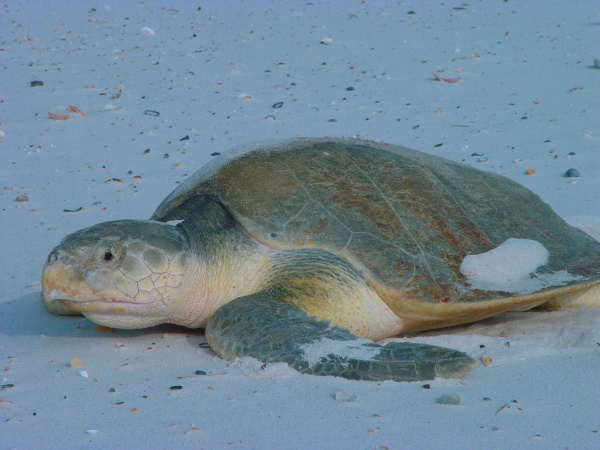Facts About Kemp's Ridley
Kemp's ridley sea turtle, commonly referred to as the Atlantic ridley sea turtle, is the rarest and most critically endangered of all sea turtles. Named after Richard Moore Kemp, who first sent a specimen to Harvard's Samuel Garman, this turtle belongs to the genus Lepidochelys. The origin of the name "ridley" remains a mystery, but it was once known as the "bastard turtle." Another nickname, the "heartbreak turtle" comes from fishermen who observed them perishing when flipped upside down.
As the smallest among sea turtles, Kemp's ridley matures at a carapace length of about 58–70 cm and weighs only 36–45 kg. They possess a flattened body, flipper-like forelimbs, and a beak. Their diet primarily consists of crabs, and they predominantly nest during the day, with 95% of their nesting occurring in Mexico's Tamaulipas state.
While they prefer warm waters, these turtles can be found as far north as New Jersey, migrating to the Gulf of Mexico and the western Atlantic. Each year, females return to Rancho Nuevo beach in Tamaulipas to lay eggs in large groups known as arribadas. Their diet includes mollusks, crustaceans, fish, and algae, with juvenile turtles mainly consuming crabs.
Conservation efforts are underway in both Mexico and the United States under the Endangered Species Act. Nevertheless, these turtles still face significant threats such as habitat loss, pollution, and entanglement in shrimping nets. To mitigate this, turtle excluder devices are used in fishing nets to prevent bycatch. Additionally, oil spills pose a considerable threat, prompting rescue and rehabilitation efforts for affected turtles.
Despite numerous challenges, ongoing conservation and protective measures aim to save the Kemp's ridley sea turtle and ensure its continued existence in the wild.

 Mexico
Mexico